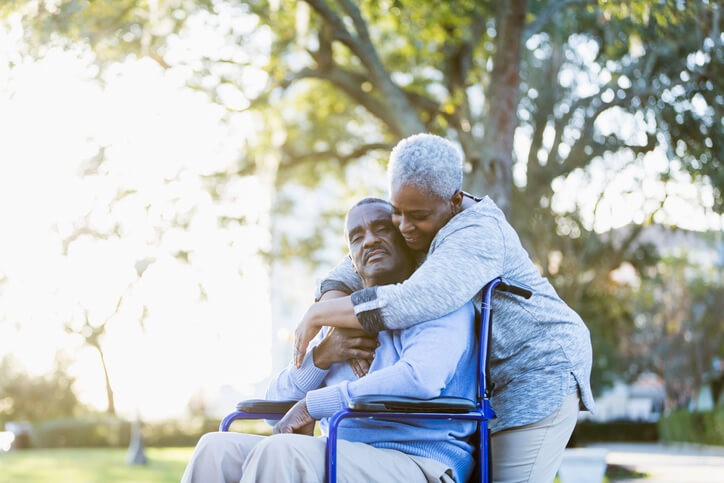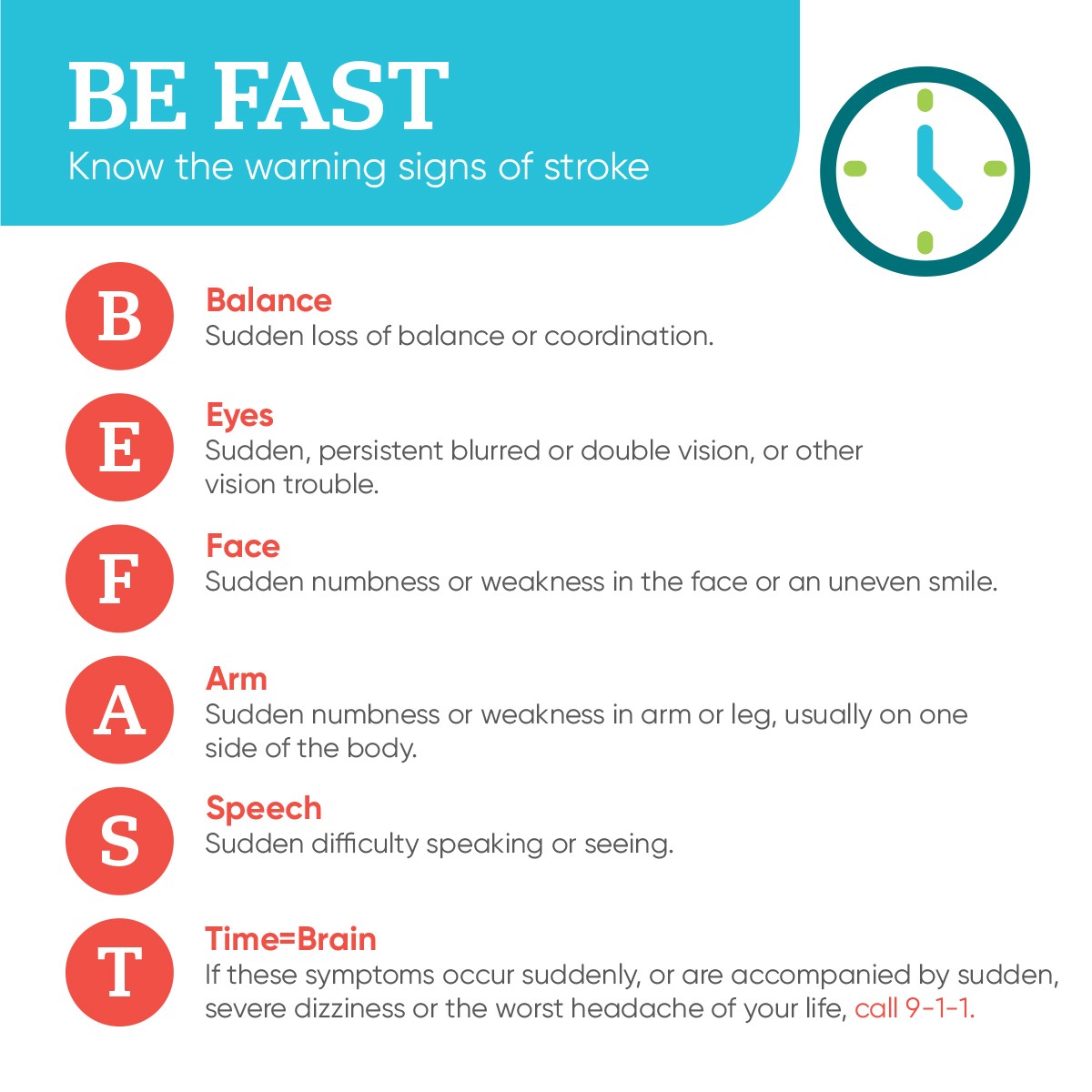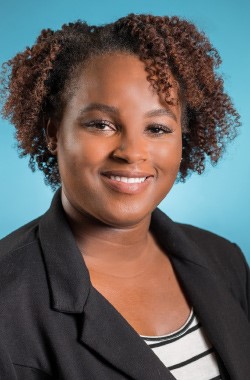Stroke Awareness Month
- Category: Stroke
- Posted On:
.jpg)
True or false? 6 questions to test your stroke smarts
Did you know that May is Stroke Awareness Month? Over the next couple weeks, we’ll be sharing the facts and info you need to know about stroke symptoms, risks, and prevention. Remember: the faster you recognize the signs, the faster you can help a stroke victim get treatment.
When it comes to strokes, it’s smart to study up
There’s no way around it, strokes are pretty scary. Every year, more than 800,000 stroke cases occur across the country. It’s one of the top causes of death in the United States, and the leading cause of severe, long-term disability.
Learn more: Identifying signs and symptoms

Successful recovery from a stroke is possible, but only if the patient receives emergency treatment as rapidly as possible. Knowing the warning signs, symptoms, and risk factors can make all the difference.
With that in mind, here’s a true-or-false quiz to test your stroke knowledge.
Learn more: Understanding signs symptoms and risk factors
True or false: There is only one type of stroke
False. There are two different types of stroke: ischemic and hemorrhagic.
An ischemic stroke, known as a “clotting” or “blocking” type of stroke, occurs when the artery that supplies oxygen-rich blood to the brain becomes blocked by a clot or plaque. This is the most common form type of stroke, causing about 87% of cases.
The other type of stroke is a hemorrhagic stroke, known as a “bleeding” stroke, and occurs when the artery “bursts”, resulting in the blood leaking out and putting pressure on the brain.
Regardless of the type of stroke, a quick response is the most important part of successful treatment. Every minute during a stroke, 2 million brain cells die. That’s why it’s so vital for people to know the warning signs and call 9-1-1 immediately!
True or false: Only people 65+ years old have strokes
False. While most people who experience a stroke are older than 65, it can happen to anyone. People of all ages, genders, and ethnicities can have a stroke. Some factors that increase stroke risk include:
- High blood pressure
- Diabetes
- High cholesterol
- Atrial fibrillation (a type of irregular heartbeat)
- Being overweight
- Smoking
- Drinking alcohol (more than 2 drinks a day)
- Using illegal drugs
- Unhealthy diets that are high in fat and salt
- Sedentary lifestyle
- Sleep apnea
- Oral Contraceptives/Hormones
Controlling your risk factors can reduce your risk of stroke by as much as 80%. It is extremely important to see your primary care doctor regularly, understand your risk factors, and take appropriate steps to manage them as directed by your physician.
True or false: Strokes kill more women than breast cancer
True. While many people falsely believe that women are at higher risk of dying from breast cancer than stroke, the stats say otherwise. In fact, strokes kill twice as many women as breast cancer every year. Due to lack of awareness, the signs of stroke can go underrecognized, leading to delayed detection and treatment. If you think strokes are only dangerous for men, think again!
True or false: African Americans are at higher risk of stroke
True. As mentioned above, people of all ages, genders, and race can experience a stroke. However, research shows that strokes are more common and more deadly for African Americans compared to other racial groups.
In addition to African Americans, stroke risk is higher for:
- Women
- People over the age of 55
- Those who have previously had a TIA or stroke
- Those who have a family history of stroke
- Those with the additional risk factors listed above
True or false: If someone has stroke symptoms, but they go away after a few minutes, everything is fine
False. If a person shows any warning signs or symptoms of a stroke, even if they go away quickly, call 9-1-1 and seek immediate care. Even short-lived symptoms can be a signal that a person is at risk of experiencing a more serious stroke event, so it’s essential to move quickly to get them to the hospital where they can be evaluated and treated.
An easy way to remember the signs of stroke is to use the phrase BE FAST:

Learn more: Identifying signs and symptoms
Remember, these signs mean, CALL 9-1-1!
True or false: Certain lifestyle choices can reduce your stroke risk
True. While some risk factors like age or race are out of your control, there are many preventive steps you can take to reduce risk of stroke. Things like quitting smoking if you haven’t already, limiting alcohol drinking, eating a nutritious diet, staying active, and maintaining a healthy weight can all help lower your risk.
If you or someone you love is experiencing signs of a stroke, B.E F.A.S.T and call 9-1-1. Click here for more information on our Stroke Specialty Program.

Eboni Payton is a highly-educated nurse practitioner with an advanced skill set to provide safe, high-quality, cost-effective, coordinated, and comprehensive clinical care grounded in evidence-based practice. Eboni graduated Magna Cum Laude from the University of Holy Cross before continuing her healthcare education at Herzing University, where she graduated with a nursing degree. Her problem-solving and analytical skills greatly benefit those she cares for as she manages patient cases, ensuring continuity of care between physicians, specialists, and other practitioners. As part of her duties, Eboni also provides nurse education and works closely with all medical personnel to create the best treatment plans for all patients.


